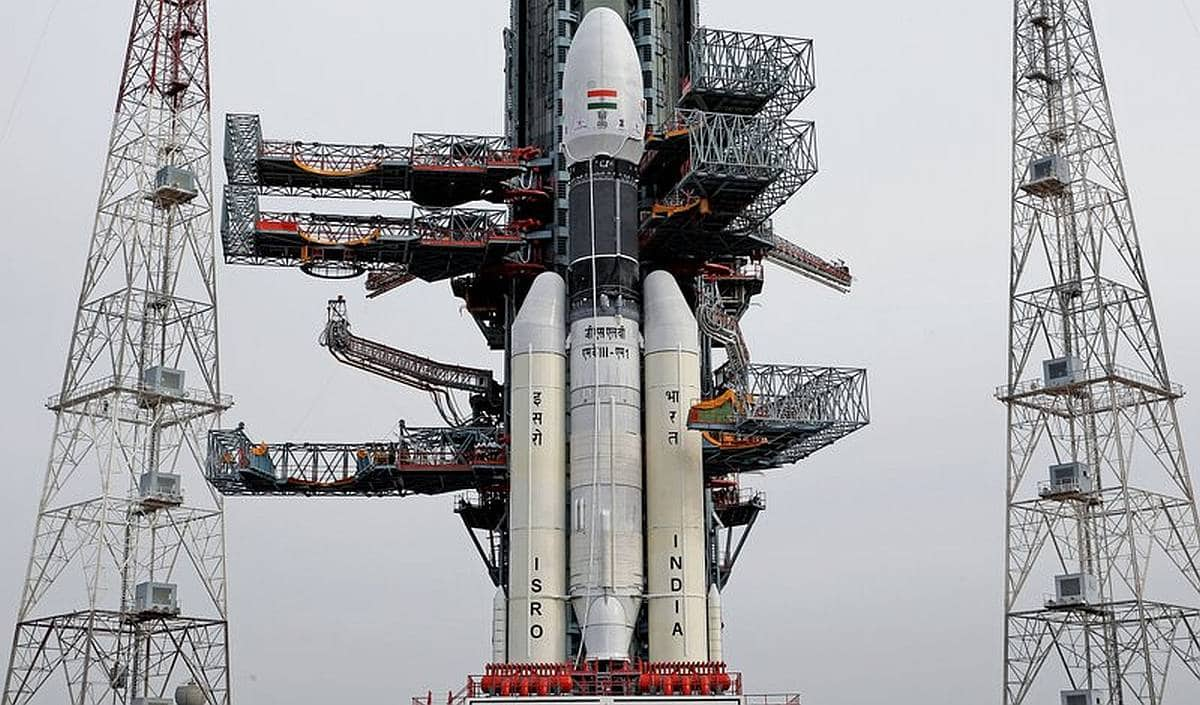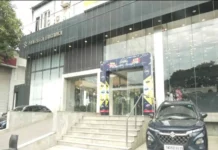AHMEDABAD: The ISRO is working out a plan for moon mission in the future, undeterred by Chandrayaan-2’s lander ‘Vikram’ not achieving its stated aim of soft landing on the lunar surface though its orbiter is doing “very well”, its chairman K Sivan said on Thursday.
Terming the Chandrayaan-2 mission as a “success” despite the lander failing to do a soft landing on the moon, Sivan said the mission is not the end of the story as many more important assignments are lined up for the future. He also said the orbiter of Chandrayaan-2, launched on July 22, is doing “very well” and all the payload operations have commenced.
The ISRO chief said chances of establishing contact with Vikram are “very remote”. Asked if the Indian Space Research Organisation (ISRO) is planning a similar mission after Chandrayaan-2 lander’s hard landing, Sivan said, “We are working out a detailed future plan.”
“A national-level committee has been formed to find out what went wrong with (Vikram) lander. Once the committee submits its report, we will work on what to do in the future,” he told reporters at the airport here. Also, necessary approvals have been obtained and procedures have to be complied with before making a formal announcement about a mission, the noted scientist said.
“Chandrayaan-2 is not the end of the story. Our plans on Aditya L1 solar mission and Gaganyaan mission are on track. “Small satellite launch vehicle will make its maiden flight sometime during December or January. Our hands are full,” Sivan said. He was speaking at the inaugural ceremony of the 4th ISSE National Conference 2019 at the Space Application Centre – ISRO here.
“Despite not achieving the soft landing, the mission is a success thanks to the systems engineers. Though we could not achieve soft landing, all the systems functioned till 300 meters from the moon’s surface.
“The ISRO will put its knowledge and experience to set things right,” said Sivan in his address. The two-day conference has been organised by the Indian Society of Systems for Science and Engineering (ISSE).
“Space is risky. There are no knowns, known- unknowns and unknown-unknowns. There is a concept of acceptable risk and unacceptable risk,” said Sivan, who interacted with the media at the airport ahead of his speech at the meet.
He said the premier space agency has lined up a series of missions in coming months and years. “The most important mission for us is Gaganyaan, the manned mission to space. The ISRO is working very hard on it, he said. Gaganyaan, scheduled to be launched in 2022, aims to send three astronauts to space and bring them back safely.
“As per the prime minister’s announcement, we have to achieve this by 2022,” Sivan said. “The process of selection of astronauts for Gaganyaan mission is going on. We have selected certain people. We are planning to select 12 candidates from India. “Then, they will go to Russia, which will select four out of 12. These four final candidates will undergo 15-month rigorous training in Russia. The selection from our side would end in another one month,” he said.
The ISRO chief said till now no woman candidate has been selected for the ambitious project. Vikram lost contact with the ISRO base during its landing on the lunar surface on September 7. Later, Sivan said it had a hard landing.
Chandrayaan-2 comprised an orbiter, lander (Vikram) and rover (Pragyan). Pragyan, carried by the lander, was to explore the south pole region of the moon. Talking to the media ahead of the inaugural session, Sivan said though the ISRO will make efforts to establish contact with Vikram on the moon, the chances of success are “very less or very remote”. PTI






